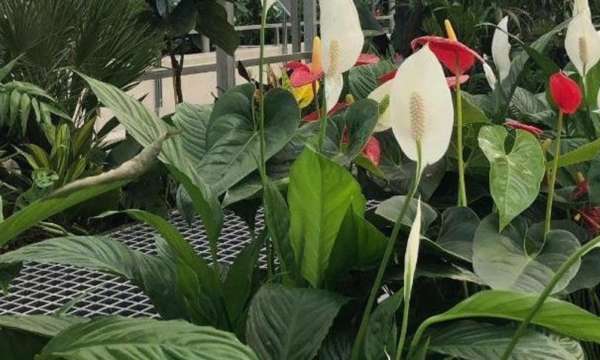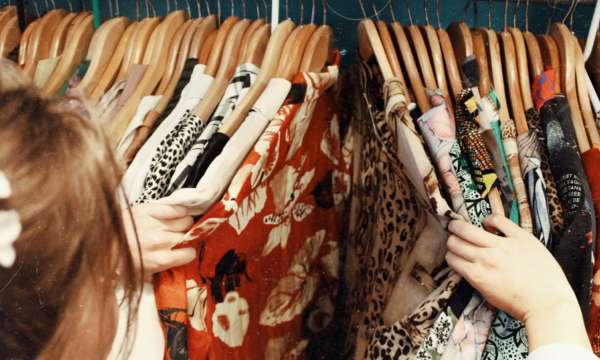Medium-life bulky products
So far Niaga®️ has targeted its efforts on the top 10 items found in landfill which often happen to be bulky with a typical use life of around 10 years. So far, they have found commercially scalable solutions (manufacturing technologies in their case) for mattresses, carpets, and furniture. They invite manufacturers of other top landfill items to join in a redesign effort, just like the mattress firm Auping did after a connection made via the Ellen MacArthur Foundation.
Fully recyclable carpets
The first product Niaga®️ took on was the carpet. As already stated, carpets are composed of a complex, tightly bound array of chemicals. In their pure form, many of these compounds are unsafe to humans, with an estimated 50 toxic substances present in European and US carpets, including carcinogens and mutagens. Because of the difficulties in separation and recovery, the material flow for carpets is wasteful and polluting with less than 1% of materials recycled into new carpets:

Niaga®️ has developed a carpet material which can be recirculated in an effective and economically viable way. The carpets are created out of single or simple combinations of materials, either pure polyester or a mix of polyester and polyamide, or wool. In the latter case, the two layers are bound together with a reversible adhesive. The holistic design means value is preserved and production costs are reduced for the next generation of carpet products.
There are other benefits, such as indoor air quality, through the elimination of carcinogenic, endocrine, and volatile organic compound emissions; as well as reduced water and energy resources in the production process. The new carpet is also lighter, making transport and handling easier.
In early 2017, Niaga®️ partnered with Mohawk, the second-largest flooring maker in the US, and the first company to incorporate Niaga®️ system into its own production processes.

Fully recyclable mattress
Every year, it is estimated that 35 million mattresses are disposed in Europe and 20 million are disposed in the US. Seeing a great opportunity to capture some of this lost value, Niaga®️ partnered with Auping a large Dutch mattresses manufacturer, to develop a modular and fully recyclable mattress.
A common argument to get rid of your mattress is that the comfort layer is worn out. Niaga®️-Auping’s modular mattress allows such components to be easily swapped.
The mattress is made from six components all of which can be replaced when comfort, hygiene or other factors demand (see image below). The components include: a comfort layer, springs, the backing material, zippers. All are designed to be easily separated and replaced through reversible connections like yarn, Velcro and Niaga's reversible adhesive.

Auping offers the mattresses to hospitality and consumers via a product sale and lease option. The lease options include a maintenance contract for hospitality. This way, hotels are offered the option to only pay for the mattress when the bed is used, and all components will be washed and/or replaced when needed for quality or hygiene reasons. Consumers pay a fixed fee per month, and Auping will take the mattress back for recycling at the end of life.
